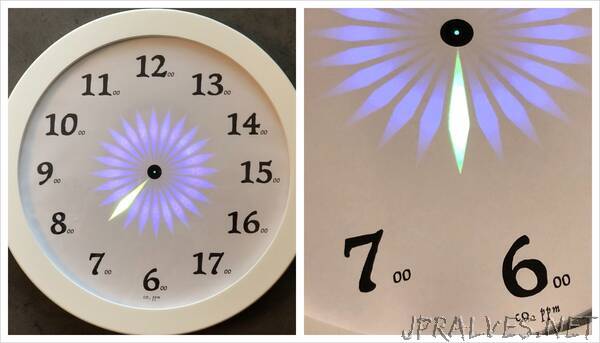
“Arduino powered CO2 Monitor for Schools, Offices, and Private Buildings
Proper ventilation not only ensures well-being, but significantly reduces risk of SARS-CoV-2 infection
“Aerosols are a possible transmission path of the novel coronavirus. Aerosols spread quickly throughout the entire room, especially in closed indoor spaces. Regular ventilation by shock and cross ventilation or via ventilation systems can significantly reduce the risk of infection with SARS-CoV-2.” [Source]
Every person is emitting CO2 as well as aerosols while breathing. CO2 concentration correlates with the aerosol and thus virus concentration. CO2 is also a good indicator for the efficiency of the ventilation.
Why a CO2 Monitor?
We can all assess and gauge air quality when entering a room (from the outside). However, humans have no means to objectively judge air quality after a short time, given our senses adapt quickly to a situation Source. Most people do not even notice the incremental worsening of air quality and see no good reason to vent a room often.
Air quality cannot be measured directly, but CO2 concentration is the most important proxy. Outside air has typically CO2 concentration of around 410 ppm. The concentration of exhaled CO2 is in the excess of approx. 38’000 ppm. Indoor CO2 level considered acceptable is 1’000 ppm, a level that is reached in a room quickly Source
A CO2 monitor helps to keep a room well-vented and is thought a mandatory utility during the pandemic.
Design Considerations
Most CO2 monitors use a (small) digital display that requires your attention to read the CO2 concentration. In this design the concept of a wall clock was chosen for direct visual feedback and intuitive reading. It is well suited for schools, offices and private buildings.
Indoors, concentrations below 600 ppm are of short nature, and exceeding 1’000 ppm suggests inadequate ventilation. Therefore the range from 600-1750 ppm is more than sufficient for indoor operation.
Moreover, the ppm concentration is color coded and shall relate to the importance to air the room; green-amber-red-purple.”
